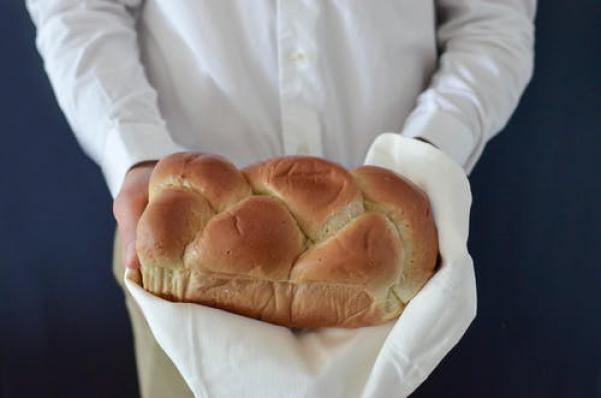Lots of us have been there. It’s lunch time, you’re rushing, you didn’t make it to the shop the other day so there’s very little in the fridge to eat. You’re starving but just need something quick and easy – like a sandwich!
But what about how bloated it’s going to make you?
If that’s your first thought, you may have a wheat intolerance.
Bread and wheat-based carbohydrates are staples in most of our diets. Pasta, bread, cereals, pastries- all super handy foods to take with you on the go. But when the thought of those foods makes you cringe at how bloated they would make you then it might be time to investigate further.

Not only do these foods make you bloat, but they create a whole lot of other digestive problems – stomach pain, cramping, nausea, vomiting and even diarrhoea. While at this point you may have cut bread completely pout of your diet, this is a hard way to live. And you may not have a wheat allergy, but rather an intolerance or sensitivity to wheat, which is not as severe as a food allergy.
Wheat is becoming an increasingly common problem in digestion difficulties among the general population, with problems like wheat allergies, coeliac disease and wheat sensitivity on the rise.
Wheat allergy symptoms come on within minutes and they include itching, sneezing and wheezing and you should see your GP for a referral to an allergy clinic.
Coeliac disease means that your intestine cannot absorb gluten in foods like barley, wheat, oats and rye. See a GP to get this confirmed.
Wheat sensitivity, on the other hand will see you have symptoms like bloating, cramps, diarrhoea and sickness and they will come on relatively slowly, usually hours after eating wheat. There's no diagnostic test.

If your symptoms are severe and long-lasting, especially if you have blood in your poo (stools), vomiting or painful stomach cramps, see your doctor to rule out a medical condition.
For a wheat sensitivity, the NHS advises completely eliminating wheat foods from your diet for up to four weeks. Then, slowly bring wheat-based foods back into your diet and monitor your symptoms. It’s best to start with more pure forms of wheat first like Weetabix or pasta as bread has lots of other ingredients that could be triggering a sensitivity and the symptoms.
Is it wheat intolerance or sensitivity?
‘If your symptoms return, it confirms you're sensitive to wheat and will also show you which foods are especially troublesome. Some people may only have problems with pasta, for example, while others are fine until they eat bread.’ Says Dr Skypala, allergy expert in the NHS. ‘If you are sensitive to wheat, or you have trouble digesting it, the main way to relieve your symptoms is to embark on a wheat-free or partially wheat-free diet.’
So the safest option is to narrow down your affecting food to single out which wheat-based foods affect you most and try to create a new diet around these intolerances.

Foods with wheat in them include:
- bread
- pasta
- cereals
- couscous
- cakes and pastries
- biscuits
- doughnuts
- hydrolysed vegetable protein (HVP)
- beer
- soy sauce
Some wheat-free options include:
- porridge, Rice Krispies and cornflakes
- buckwheat pasta
- quinoa
Cutting out wheat sounds daunting, but there are safe ways to do it. This staple is in our breakfast, lunch and dinner usually and those foods can be full of vitamins and minerals that we need to have a balanced diet. B vitamins and iron supplies to your body may run low if you cut out wheat. But because of the increasing prevalence of this problem, there are lots of options for wheat-free alternatives that will not compromise a balanced diet.
Gluten-free bread, alternative grains like quinoa and rice as well as corn-based foods can fill in for your wheat-bases providing you with all the nutrition you may need.



